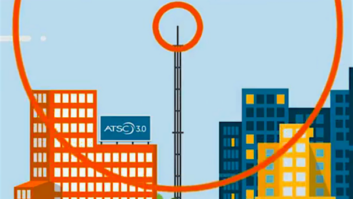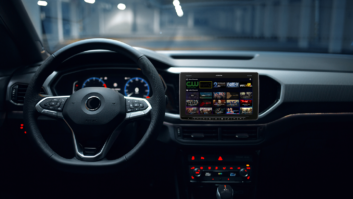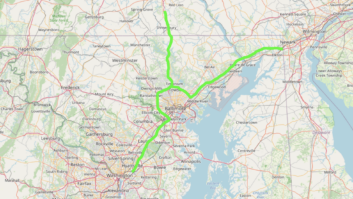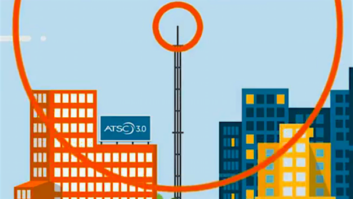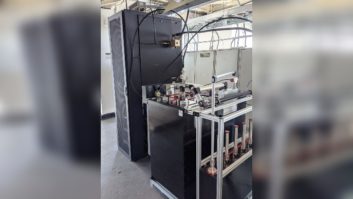 The author is EVP of sales, support and marketing, Telos Alliance.
The author is EVP of sales, support and marketing, Telos Alliance.
Most Radio World readers might wonder why the next television standard — ATSC 3.0, also known as NextGen TV — would have any relevance to a radio engineer or manager. There is more to consider than you might have guessed.
First, an update on the rollout: A number of U.S. television stations have now adopted the ATSC 3.0 standard. The Advanced Television Systems Committee expects 60+ markets serving about 70% of all U.S. television viewers to launch by mid-2021.
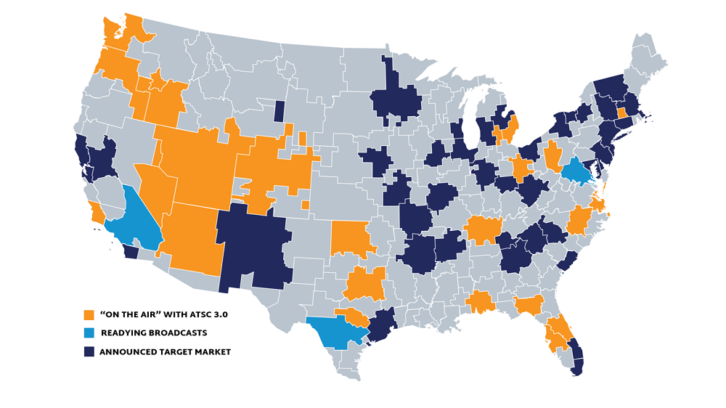
The standard includes provision for 4K video, immersive audio, control over the viewer experience and quite a bit more. The standard has been tested extensively over the air in Phoenix, and viewers are excited about the enhanced viewing experience.
If you want to learn more, TV Technology, Radio World’s sister magazine, has a great stack of articles at www.tvtechnology.com/tag/nextgen-tv.
Here’s why I think ATSC 3.0 matters to those of us primarily focused on radio broadcasting:
ATSC 3.0 is an IP-based standard and can provide more than just a better TV picture and sound. IP has revolutionized how we distribute and mix audio in our facilities and distribute our content to transmitters and streaming CDNs. Likewise, having the TV over-the-air (OTA) transmission path capable of supporting an IP stream means more flexibility for what is carried by RF signals to all those homes.
An over-the-air “fully IP” system aligns broadcasters with how the audience consumes nearly all their other media, whether audio-only or audio with a picture.
The potential intersection of radio with ATSC 3.0 should prompt us to consider different scenarios. However, we are in the early days and very much on the front end of what is possible.
This is the time when decisions can have a wide-ranging impact. It’s a time to explore and ask “what if” with open minds. Some of what we consider may never come to pass or could look very different than originally described.
The point is, as an industry, we need to consider our future carefully because what we’ve always done might not be what we need to do in the future to be successful. We only need to look at the interruption of radio OTA listening, compared to radio consumed via streaming devices like Alexa and Google Home during the pandemic, to help us consider the possibilities.
Radio Via ATSC 3.0 in the Home?
Listening to the radio while watching TV is an unusual use case. Still, one recently converted TV broadcaster in Seattle is carrying local radio stations on its ATSC 3.0 payload, making these radio stations available via a web-based program guide running on NextGen TVs. A sort of radio repeater, if you will.
Think about it: Many homes do not have conventional radios anymore. In this case, ATSC 3.0 is providing an alternative path for radio stations to enter the home-listening environment. And when the re-broadcasted radio signal starts out at the playout/mixing stage of the radio station as IP, rich metadata can also play a part to enhance any such listening experience much like is possible with HD Radio.
Radio in the car
And it’s not just radio-listening in your house via ATSC 3.0. The new TV standard is intended to operate in a very robust way in cars, long the domain of AM/FM.
Radio’s dominance of the mobile listening environment (the dashboard) has begun to share the mobile listener with services delivered by LTE either through a dedicated hotspot or docked mobile phone.
ATSC 3.0 signals carrying radio, in the above example, could also provide an alternative to AM/FM in the car. This gives OTA radio more ways to compete in the dashboard of the future. We can think of radio delivered via ATSC 3.0 in the home and car as “extensions of service.”
Chips in the phone
Over the years, there have been efforts to activate radio receiver chips that already exist in many mobile phones.
Of course, the goal is to have access to OTA radio wherever people are, which is wherever they have their phones! We applaud the hard work of our colleagues who have helped the industry achieve some success in this regard, but it has unfortunately been limited.
Now chips are being designed to receive ATSC 3.0 TV signals in phones. Mobile television reception powered by chips that receive a wide range of world TV standards might move the needle with the mobile phone companies. Hence, OTA broadcasters get a shot at this audience in their daily comings and goings.
If successful, having an over-the-air television chip in mobile phones puts radio broadcasters one step closer to having access to listeners through carriage on ATSC 3.0 stations or possibly via ATSC 3.0 chips that also support OTA radio.
Think of this as the rising tide that lifts all over the air (OTA) broadcasters. It’s a stretch, but “what if?”
Who can predict?
Radio has a 100-year history of informing, entertaining and providing critical information to its millions of listeners. While the industry has had highs and lows over its existence, nothing beats its resilience.
While there is no guarantee of another 100 years, all of us can think and put forth our best ideas not just to be relevant from a content perspective but also to innovate technologically to be where people need us. This might mean building bridges and relationships in ways we have not in the past — in order to change.
Maybe ATSC 3.0 will play a part.
Comment on this or any story. Email [email protected].





